After an $800 million spend and four years of development, Ford has finally lifted the wraps on the new Falcon it hopes will revive flagging sales in its large car segment.
And ensure the future of the company’s local manufacturing efforts in a market that is increasingly turning towards imports.
The big sedan and ute range goes on sale in May with a new name – FG – and a sharper look, more room with only a minimally larger footprint and body, tweaks to ergonomics and quality standards, and both new and revised drivetrains.
Ford says the engine revisions and new transmissions have resulted in improvements in fuel economy.
Petrol price rises have seen large car sales shrink in the past few years, and the Falcon has fallen victim to that trend, with a 20 per cent slump in 2007 seeing it attract less than 34,000 buyers. January saw the numbers fall to 1252 and out of the top 10, but a Ford spokesman says that kind of result is expected in run-out mode.
Exiting Ford Australia president Tom Gorman – who is taking a position with Brambles – still believes the big car has a strong future.
``We see the large-car market as 130,000 to 140,000 vehicles a year and if we get our fair share of that we're in a position to have a solid business,'' he says.
MODEL LINE-UP
The range has lost nameplates like Fairmont and Ghia, opting instead for alphabetic titles in three series, each of which gets an unique nose.
It starts with the more conservative base model XT, which is pitched squarely at the fleet markets that largely bolster Falcon sales.
The new G-Series targets private buyers with three more upmarket models wearing luxury sports cues: The G6 which slots where the Fairmont exits as an entry to the G-Series, the G6E and the G6E Turbo, which are replacing the Ghia but continuing its claimed `European’ flavour. All have dramatic and bold front grille treatment, with the G6 being distinguished by silver mesh inserts. The G and G6 get 17” alloys, but can option the 18” ones on the Turbo.
The XR models – XR6, XR6 Turbo and XR8 -- continue as performance variants to cast a halo over the range, with a more aggressive nose with black mesh, and new wheels and spoiler. New 17-inch five-spoke alloy wheels are standard on the XR6, while the XR6 Turbo and XR8 feature standard 18-inch alloys.
Two new exterior colours have been added: Nitro is a metallic version of the former hero blue Bionic – reserved for performance models -- and Sensation is a darker blue available across the full Falcon range.
The Falcon wagon continues, but as the BF MkIII rather than in FG form, in XT level with dynamic stability control as standard and the choice of either petrol or LPG 4.0-litre six-cylinder engines mated to the existing four-speed sequential automatic transmission, and some wheel and tyre upgrade packages.
For the FG, there is a new V8 engine for the range-topping XR8 and upgrades to the six-cylinders for the new line-up, with two new transmissions -- a five-speed automatic replacing the previous four-speed, and a six-speed for all manual transmission versions. The lauded ZF six-speed auto continues all variants except the LPG one.
ENGINES
The company’s go-fast arm, Ford Performance Vehicles, hand-builds the new quad-cam 5.4-litre Boss 290 V8 from bare blocks and heads, adding plenty of hi-po features like cast aluminium cylinder heads, high compression pistons and forged steel crankshaft.
The revised exhaust system has a semi-active muffler, similar to those used by Aston Martin and Jaguar. At low revs the spring-loaded valve forces the exhaust gases through a series of baffles at low revs for a quieter cabin, then opens above 2800rpm to offer a wider path – and the full V8 voice.
The blueprinted engine hits 290 kilowatts of power at 5750rpm and 520 newton-metres of torque at 4750rpm, but Ford claims a large proportion of that is available over the entire rev range.
The naturally aspirated inline six-cylinder has been given a new intake manifold and a fast-burn cylinder head for better economy, while the engine calibration has been revised. Power is up 5kW to 195kW at 6000rpm, and torque has risen 8Nm for a 391Nm peak at 3250rpm.
The cylinder head also appears in the turbo version, which gains a new Garrett turbocharger developed specifically for the Falcon and larger intercooler, aimed at helping speed up boost by 30 per cent and increase pressure by 40 per cent.
The revisions raise power by 25kW to hit 270kW at 5250rpm while torque is up 53Nm -- more than 11 per cent – at 533Nm available from 2000-4750rpm.
A transient over boost feature that can give an extra 10 per cent dollop for several seconds has been introduced to improve overtaking manoeuvres. And the manual models get launch assist anti-lag technology for faster and smoother starts.
The LPG-fuelled E-Gas unit has been given new inlet and exhaust systems, a retuned throttle map and tweaked engine calibration, plus more durable valves and seals, and continues to deliver 156kW at 4750rpm and 371Nm at 2750rpm.
TRANSMISSIONS
The ZF six-speed automatic transmission that was applauded for the refinement and performance it brought to the BF MkII experience – and is still considered one of the best on the market -- continues in the FG range on all models except the E-Gas.
The new 5R55S five-speed sequential automatic – built at the company’s transmission plant in Bordeaux, France, for the FG -- is available with the naturally aspirated I6 engine.
Ford says the extra gear over the outgoing four, plus a wider ratio spread (2.51 between first and top, compared to 1.71 on the four) give better launch feel and more laid-back cruising.
Shift quality is said to be improved by closed loop adaptive shift control, while hunt prevention stops unwanted upshifts, and grade lock means the torque converter lock-up can be used in all gears for steep slopes or when you’re heavily loaded.
Peformance mode includes engine braking on the coast clutch and downshifts if acceleration is sensed during braking, while a shift inhibit function holds the gear instead of upshifting when the throttle is released quickly, to prevent `busyness’ and give better response when cornering.
The new Tremec TR6060 six-speed manual is an upgrade of the T56, and will be the only manual in the FG Falcon range. It comes in three versions: one each for the I6, I6 Turbo and V8, with the latter two having a different set of ratios designed to give sportier performance and feel.
Ford says the revisions have resulted in smoother and more economical fifth and sixth gears, and a new synchroniser package – featuring triple synch on first and second, and double synch on the rest – has cut shift effort and travel, while freeing up space for larger and more durable gears that deliver better torque capacity.
The Turbo’s version get a larger clutch and a shorter first ratio (2.98 rather than 2.66) for better launch and acceleration.
A new, larger self-adjusting clutch for Turbo and V8 versions improves heat and torque capacity as well as durability.
FUEL ECONOMY
Ford has released some preliminary fuel figures, but says they are currently undergoing final ADR 81/01 certification rating – so therefore may change.
The naturally aspirated I6 mated to the new five-speed auto transmission has a fuel consumption figure of 10.5L/100km, a 0.2L or 1.9 per cent improvement in fuel economy over the previous engine. With the ongoing ZF six-speed auto, there is an improvement of 0.1L, or one per cent at 10.1L/100km.
The same transmission on the revised Turbo gives an improvement of 4.9 per cent, or 0.7L at 11.7L/100km, while the new V8 uses 14.2L/100km, a drop of 5.3 per cent or 0.8L less than the previous engine.
SPACE
Body and fit-out changes have resulted in more headroom all round, reaching a 13mm increase in the rear seat. Front and rear shoulder room are up 10mm and 24mm respectively, while front and rear hip room have increased 25mm and 22mm respectively. Rear leg room has increased by 10mm, and there is more driver knee room.
The standard space-saver spare wheel makes for a 535-litre boot capacity, but opting for the full-size spare will drop that to 505 litres.
SAFETY UPGRADES
Dynamic stability control continues as standard for all petrol Falcons, while the entire range now gets standard side airbags twin front beltminders, while curtain airbags and reversing camera will be standard on high series models and available on all others.



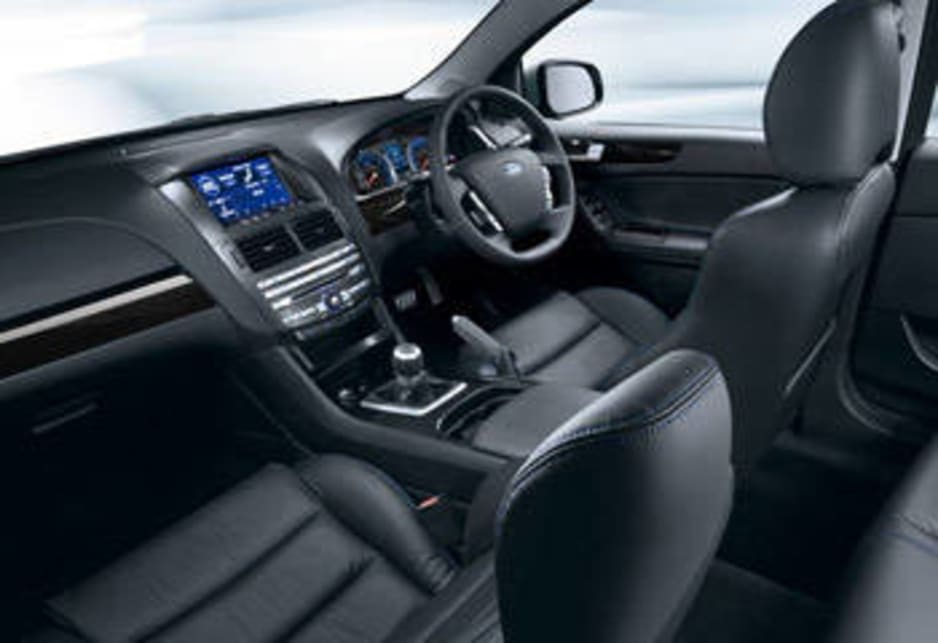
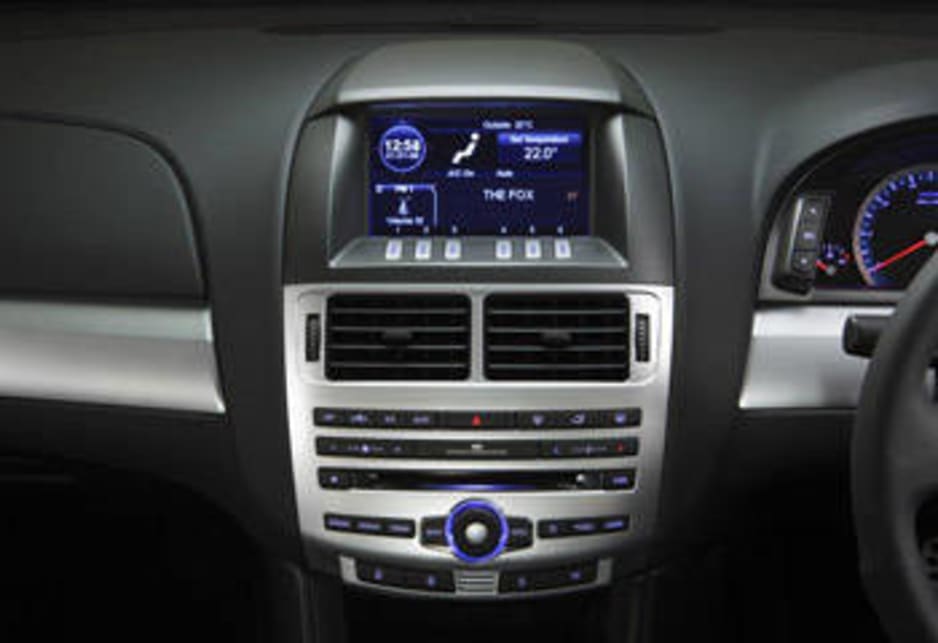
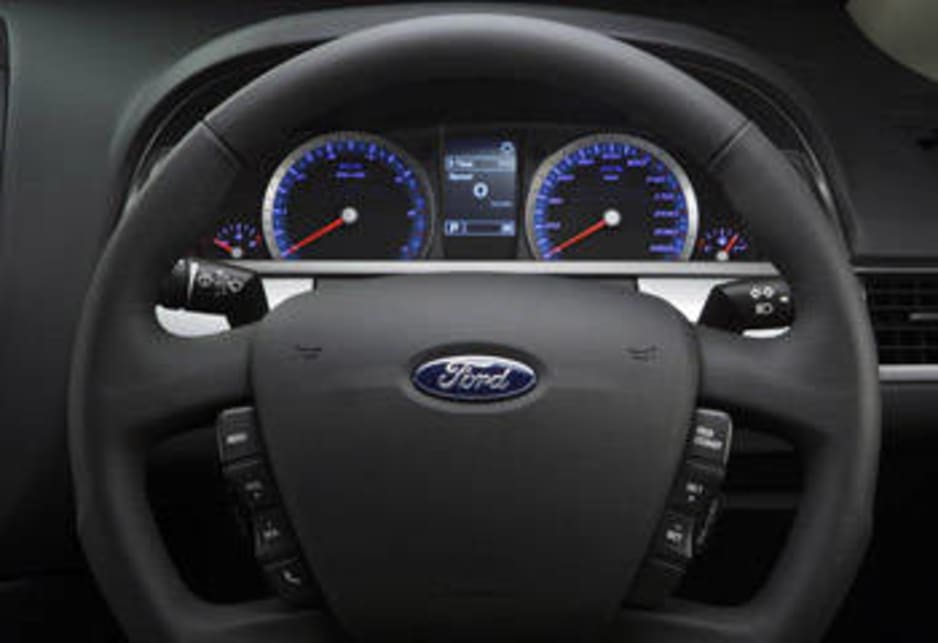
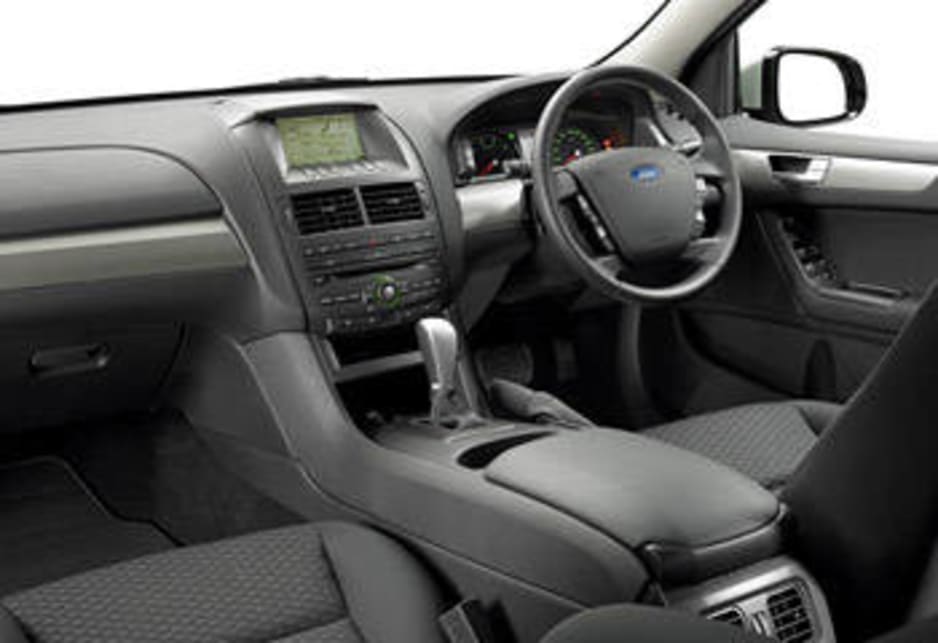
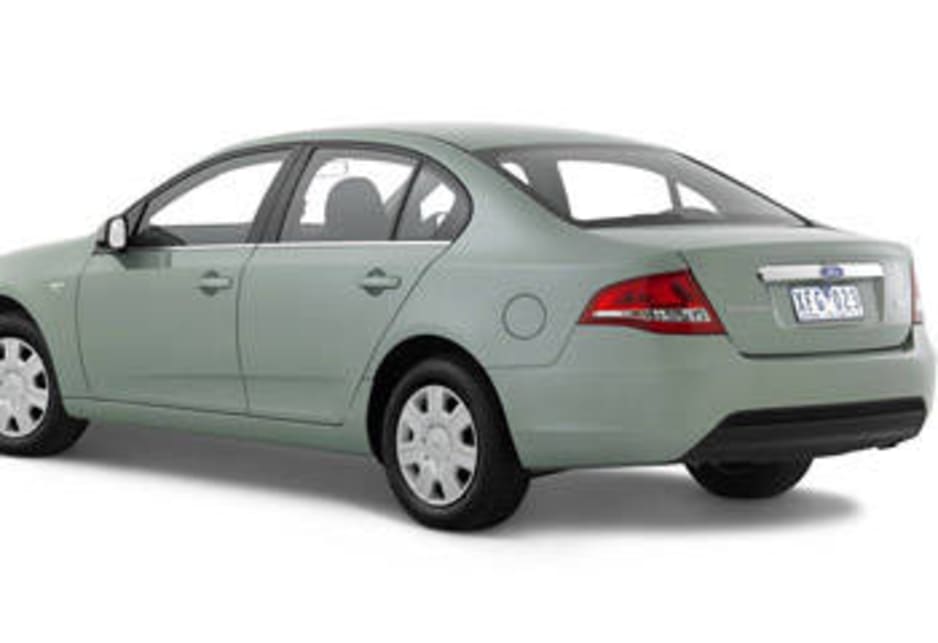

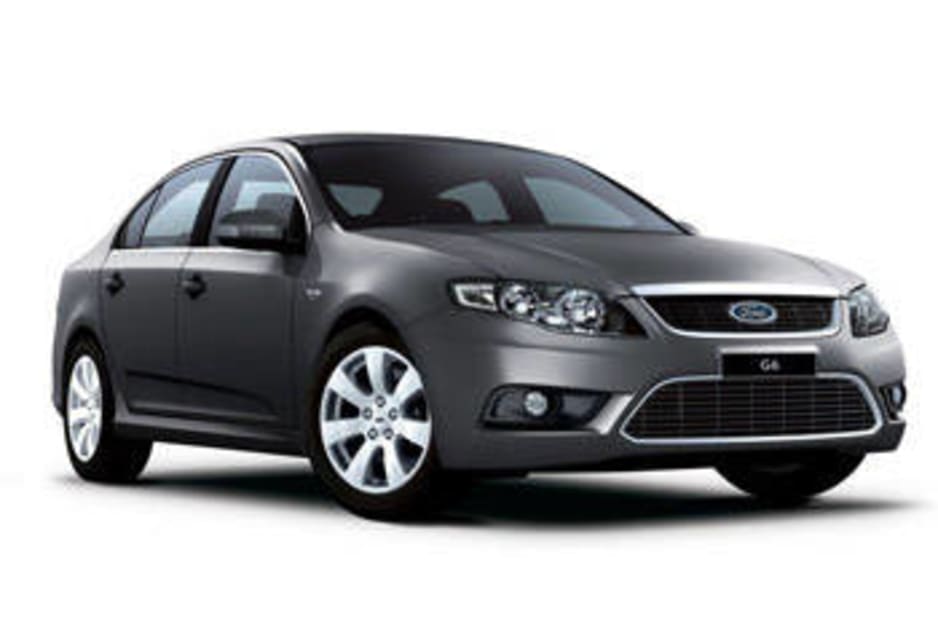
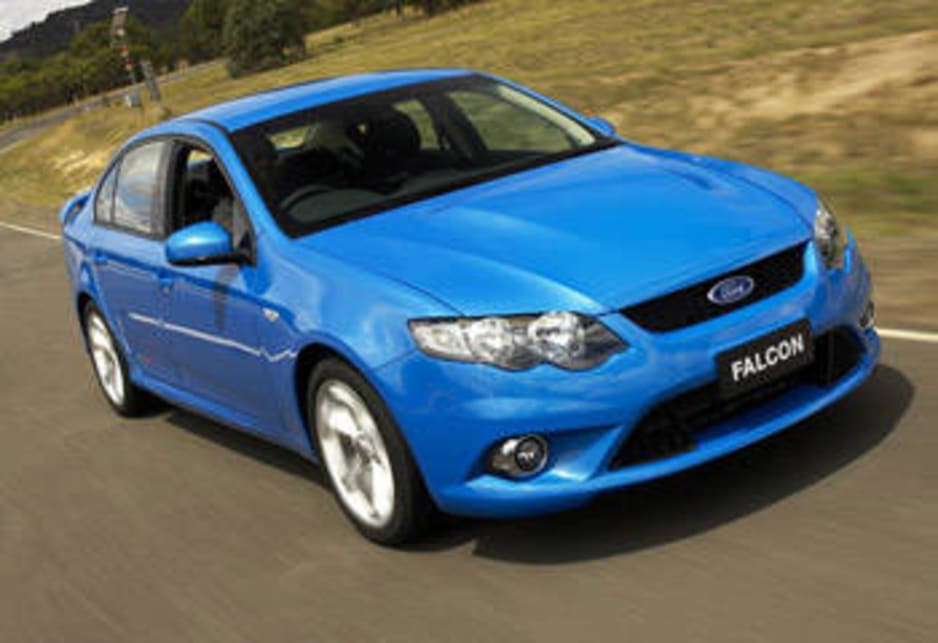
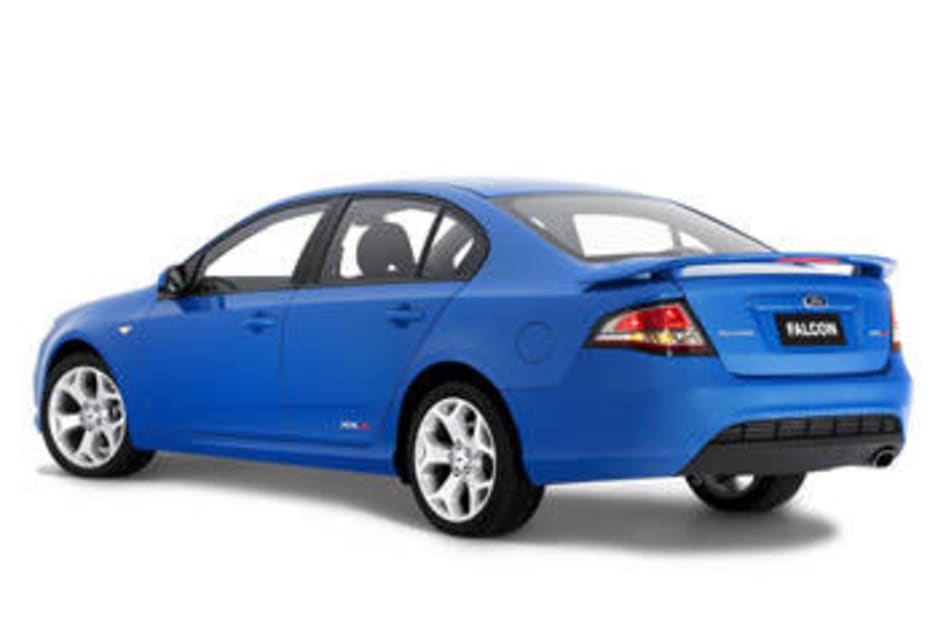
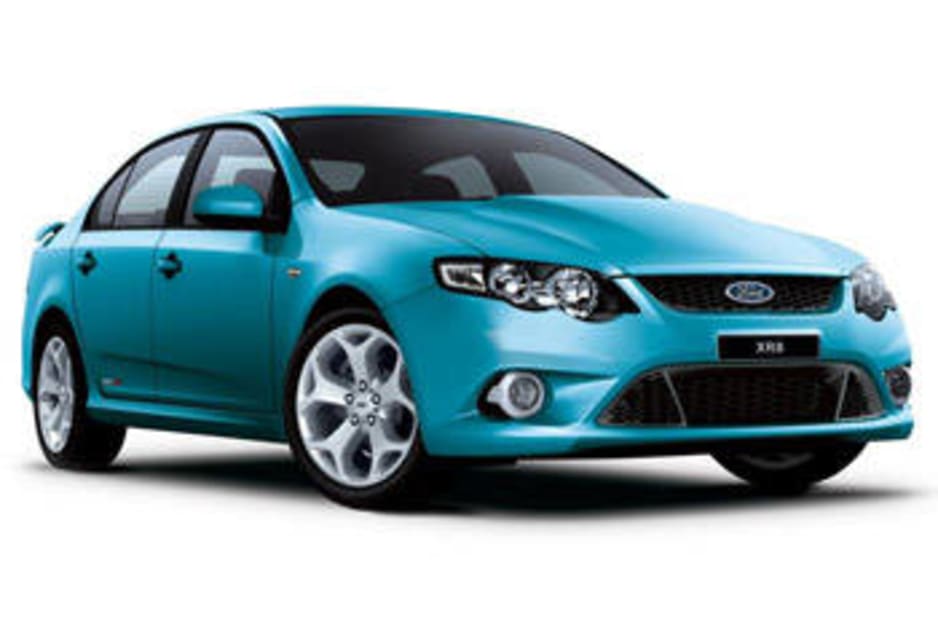
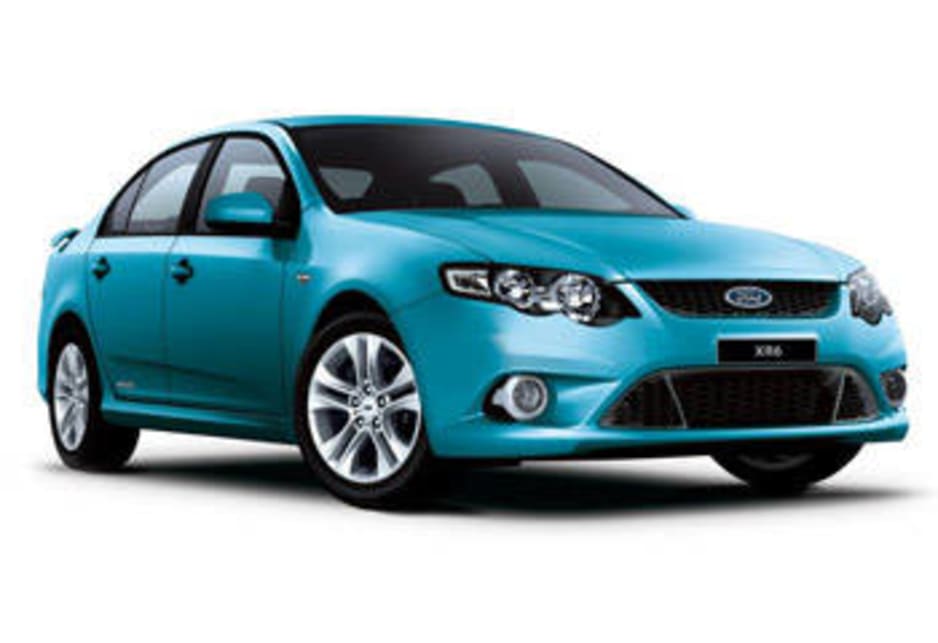
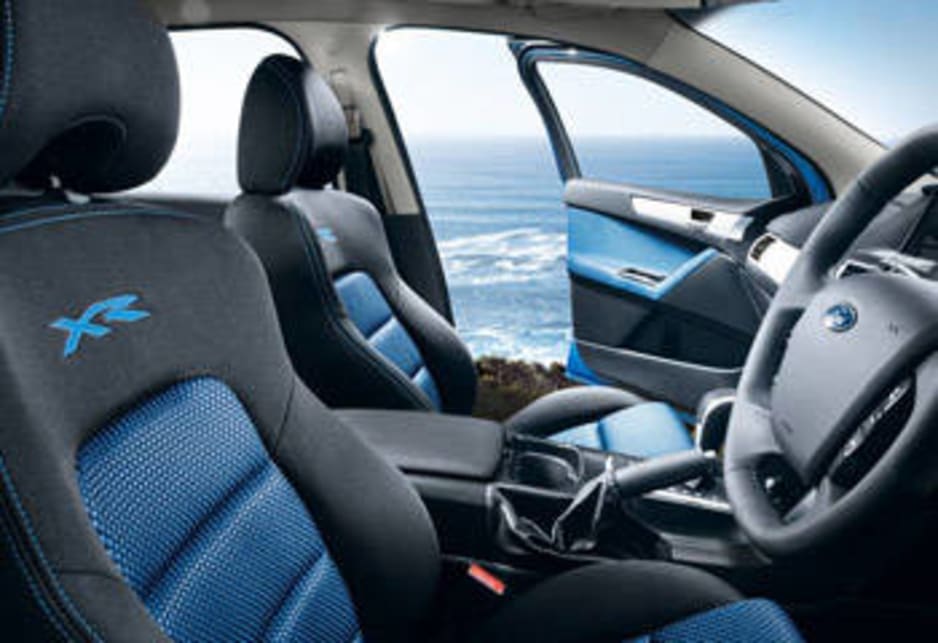
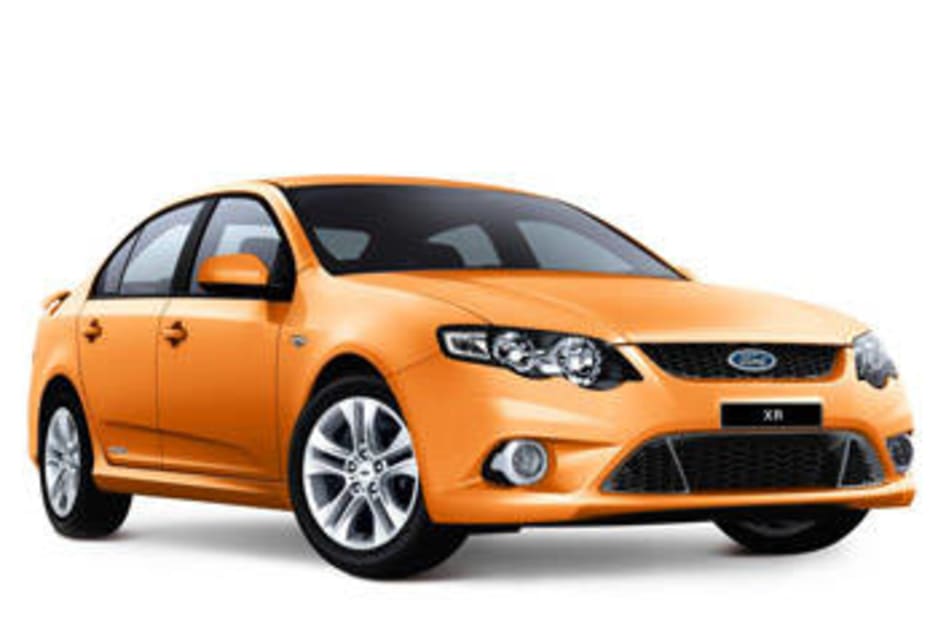

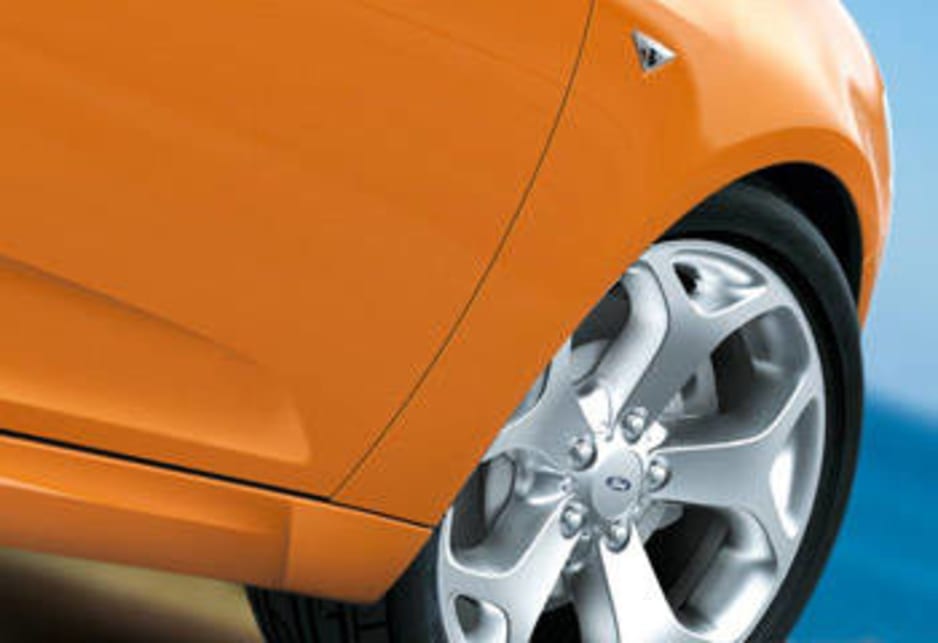
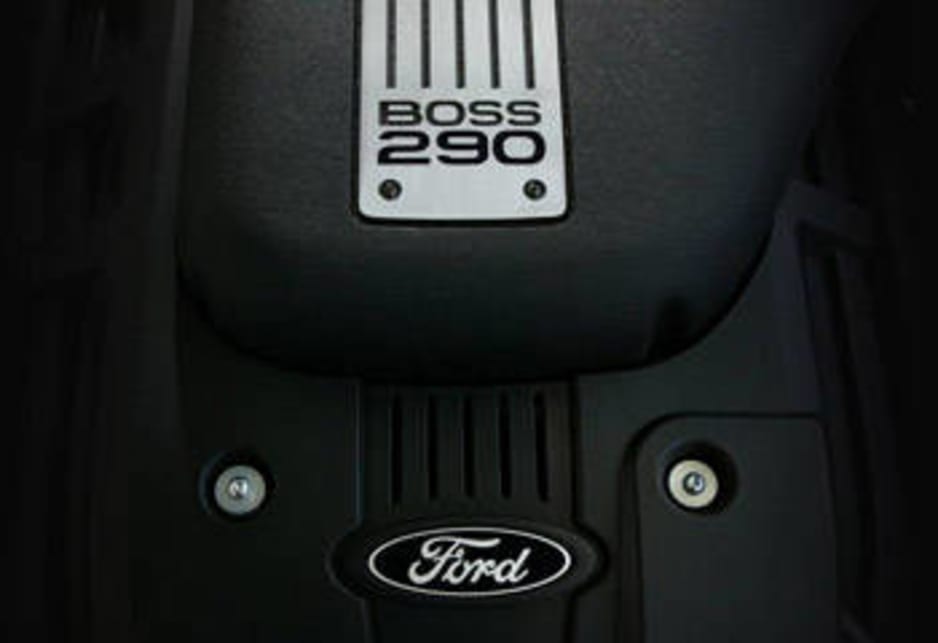
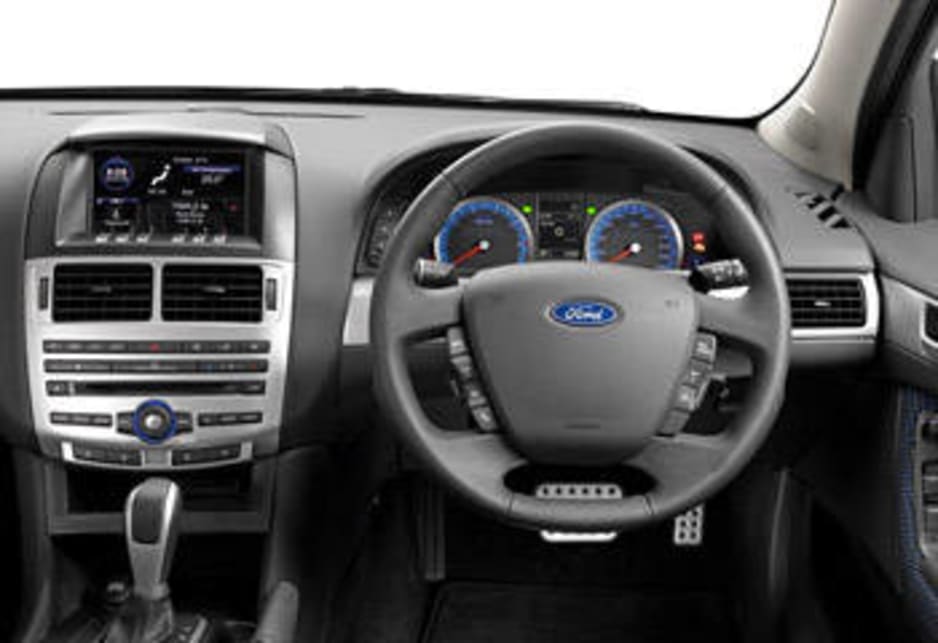
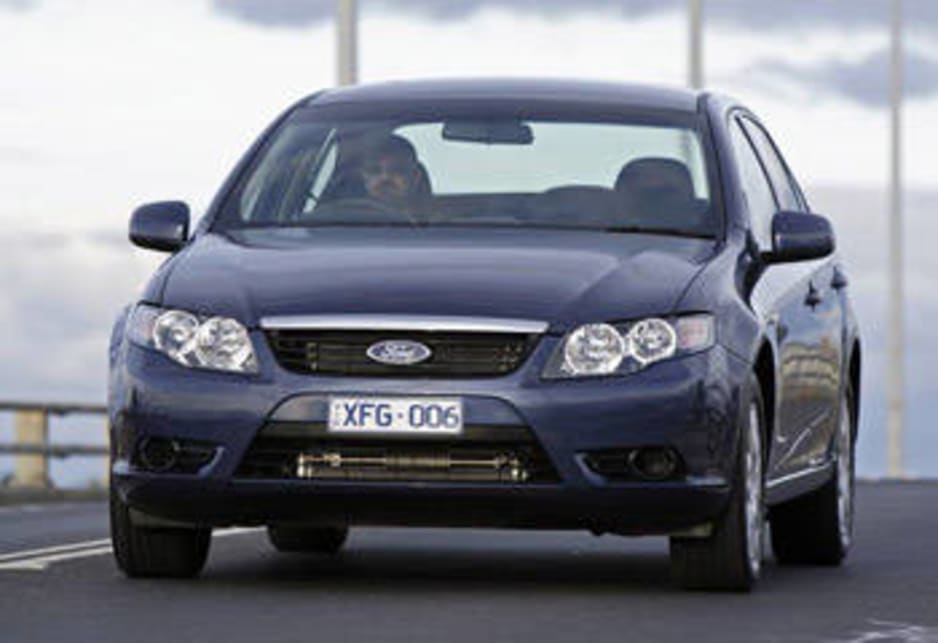
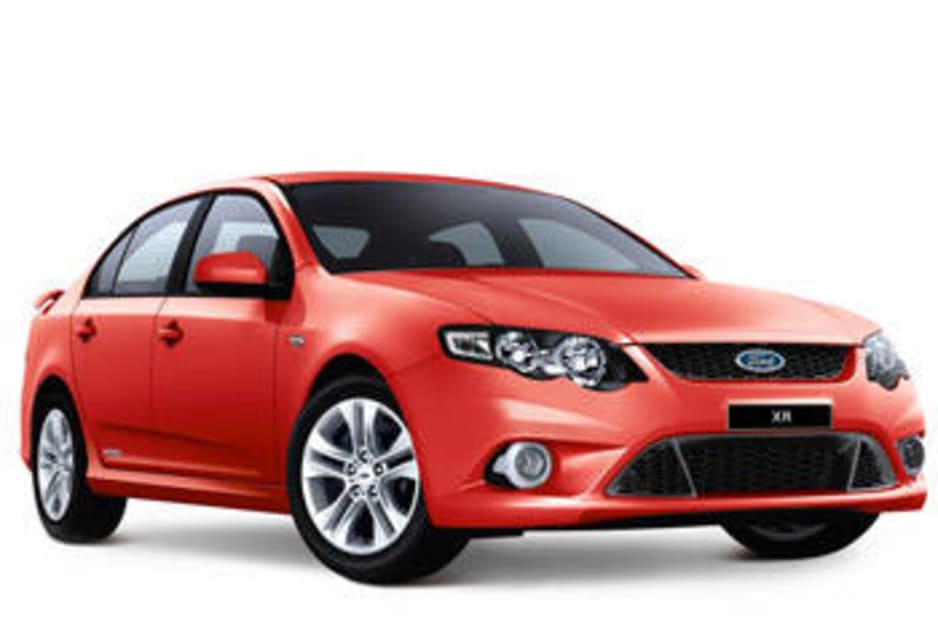
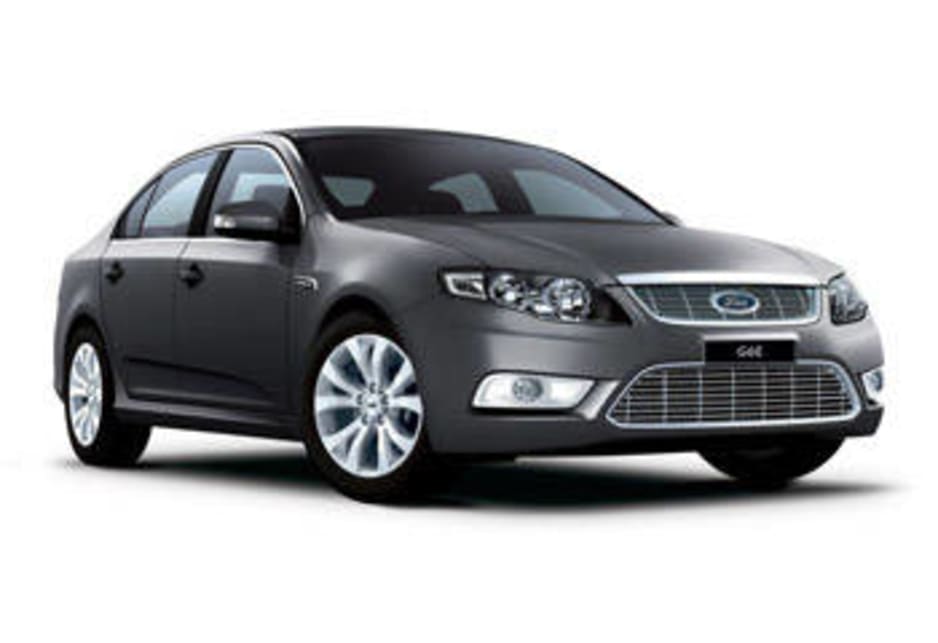











Comments